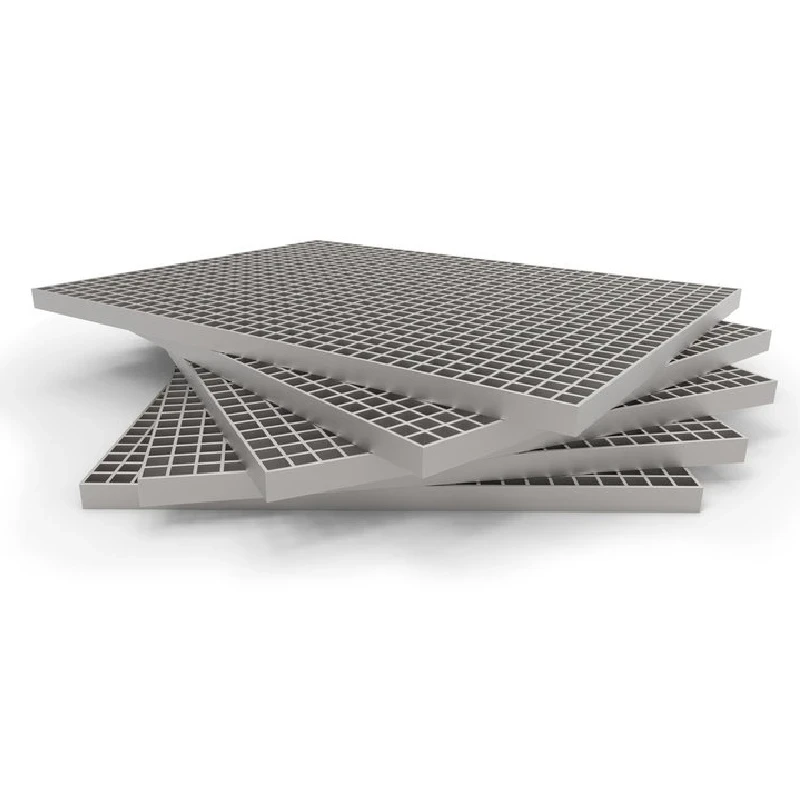- Industrial zone, South of Anping Town, Hengshui, Hebei, China.
- sales@hfpetromesh.com
- +86-18931809706
metal grating
The Emergence and Significance of Metal Grating in Modern Design
Metal grating has emerged as a significant element in modern architecture and industrial applications, blending functionality with aesthetic appeal. This versatile material, typically composed of various metals—such as steel, aluminum, and stainless steel—offers strength, durability, and design flexibility. In this article, we will explore the characteristics, applications, and benefits of metal grating, shedding light on its increasing prevalence in contemporary design.
What is Metal Grating?
Metal grating is a flat framework that consists of a series of parallel bars, with spaces in between for drainage, ventilation, or light passage. These bars can be made from different materials, each serving specific purposes. Steel grating, for example, is often used in heavy-duty applications due to its high load-bearing capacity, while aluminum grating may be employed in lighter-duty scenarios where corrosion resistance is paramount.
The manufacturing process usually involves welding or forging the bars together to create a sturdy and rigid structure. The gaps between the bars provide several functional advantages, including reducing weight while maintaining structural integrity, allowing liquids and debris to pass through, and facilitating airflow, making it an ideal choice for various environments.
Applications of Metal Grating
1. Industrial Use One of the primary applications of metal grating is in industrial settings. It is commonly used for walkways, platforms, and stairs in factories, power plants, and refineries. This ensures safety by providing a slip-resistant surface while allowing spills or debris to fall through, reducing the risk of accidents.
2. Architectural Design In recent years, metal grating has found a place in architecture and interior design. Designers are utilizing metal grating for decorative facades, balustrades, and sunshades. Metal grating can be treated or coated in various colors, providing an opportunity for creative expression in commercial and residential buildings.
metal grating

3. Transportation Infrastructure Metal grating is widely used in bridges, railways, and tunnels. Its robust design supports heavy loads while offering adequate drainage, preventing water accumulation that could lead to structural damage. The lightweight nature of metal grating also simplifies installation and maintenance.
4. Environmental Solutions Grating solutions are employed in waste management and water treatment facilities. They are used for filtration and screening processes, allowing for efficient separation of solids from liquids. This application is crucial in protecting pumps and equipment from damage while maintaining operational efficiency.
Benefits of Metal Grating
The advantages of metal grating are manifold. First and foremost, it provides an excellent balance of strength and weight, making it easy to handle and install. Its resistance to weather elements ensures longevity, which is particularly vital in outdoor applications. Additionally, metal grating can be customized to meet specific needs, including size, load capacity, and surface treatment.
Safety is another essential aspect of metal grating. With its slip-resistant properties and ability to withstand significant weight, it ensures the safety of personnel working in industrial environments. Moreover, its open design contributes to enhanced visibility and light penetration, creating safer workspaces.
Conclusion
Metal grating stands at the intersection of practicality and aesthetic appeal, playing a pivotal role in modern design and industrial applications. Its versatility in function and form allows it to meet various needs while contributing to safety and efficiency. As industries and architects increasingly seek sustainable, durable materials that do not compromise on style, metal grating will undoubtedly continue to rise in prominence. Whether in an industrial facility, on an architectural facade, or as a component of transportation infrastructure, metal grating embodies the principles of modern design strength, safety, and visual appeal.
-
The Power of Pyramid Shaker Screen - A 3-Dimensional SolutionNewsOct.24,2024
-
Exploring the Versatility and Durability of Steel GratingNewsOct.24,2024
-
Revolutionizing Drilling Efficiency with Steel Frame Shaker Screens for Mud Shale ShakersNewsOct.24,2024
-
Potential of Shale Shaker ScreensNewsOct.24,2024
-
Offshore Pipeline Counterweight Welded Mesh - Reinforced Mesh in Marine EngineeringNewsOct.24,2024
-
Revolutionizing Offshore Pipeline Stability with Concrete Weight Coating MeshNewsOct.24,2024
